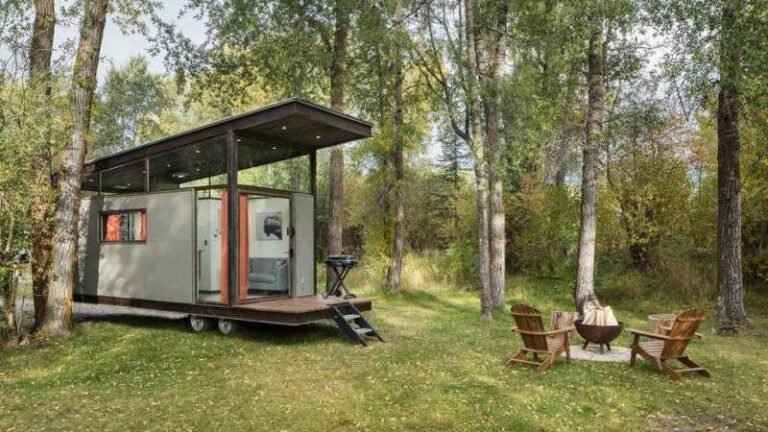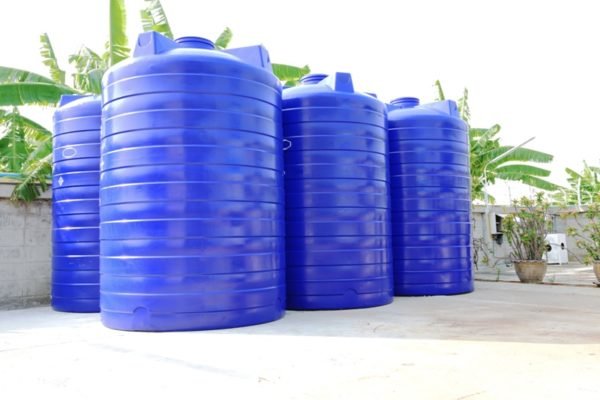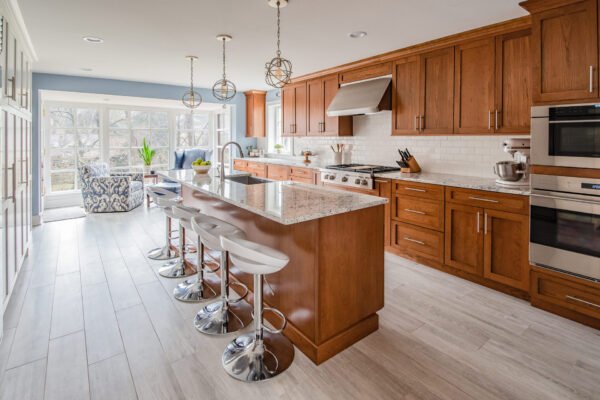For a long time, when people thought of living off grid it meant no electricity aside from a few minutes per day with a generator going or drinking out of a stream. Thanks to advances in technology and better information getting out due to the internet people realize that isn’t the case.
You can live off grid and not sacrifice much of the conveniences you take for granted every day. And thanks to the tiny house movement, you can find all the information you need to get started in a way that is not only very eco friendly but can also help you live debt free.
There is a lot of information that you need to know to be able to get started in your own tiny house and go off grid, however. And this guide is just a primer to get you started. But, with the basics outlined in this article, you will have a better understanding on how to get started and live your dream of having a small carbon footprint and living without a huge mortgage.
Find the best energy source for your area
Technology has increased to the point that you now have a lot of Renewable Energy Options. But, where you intend to set up your home is going to determine which of these options or a combination are going to be the best for you.
For instance, in a rainy and overcast area that doesn’t get much sunshine shouldn’t rely solely on solar energy. It still makes sense to use it since there are times when it will be sunny and the panels are good at grabbing any available sunlight. They just shouldn’t be your primary source of energy.
If the area is windier than it is sunny, then you should go for a windmill to get your electricity. Plus, a running stream can provide a never ending source of energy with a water mill set up. And, in some areas, geothermal energy is easy to access and abundant.
Build it for efficiency

If you are going to be building from scratch or bringing a building onto the property then this is a good moment to think about how to get the most out of passive energy.
What this means is that the building itself will regulate itself by being cool in the summer and warm in the winter. Use materials like cob or stone and do it the way they did in earlier times and you won’t have to use much energy in keeping it the ideal temperature.
Face the house in a southerly direction and have big windows to trap the heat from the sunlight in the winter. Create big eaves however to block the sunlight in the summer when it is high in the sky so it doesn’t become too hot.
A grass roof will also help to keep the temperature regulated naturally. When you have all of these little details taken care of in the beginning then you won’t need to rely on heating and cooling measures.
Plan ahead
One of the key mindsets when you live off grid is that you can’t go with the flow. You need to be able to plan ahead so you are prepared. Make sure that you have plenty of firewood split for the winter. And with enough time for it to dry out and season before you intend to use it. Fresh wood is not good to burn so it needs time after it’s split before you try to use it.
If you have water tanks, then ensure that they are full when the rain is less frequent. If you notice that it is drier than normal in a season, then schedule a tanker to come and deliver water to you so you don’t run out.
Even on a daily basis, you should be planning out when you use energy. If you are running your home off of a battery station, then make sure to use electricity when the batteries are fully charged or when there is electricity being generated. You’ll get an idea of when your high demand times are and then you can schedule your usage better.
Drill a well

Having access to fresh and constant supply of water is essential to living off grid. And having a well is one of those benefits to living off grid as well water is better than city water in a lot of ways.
In just about any area you will have access to the ground water underneath you. It may be more of a challenge in some areas, but there are few that wouldn’t provide you with fresh water.
Having a well will give you a level of independence that you won’t have by collecting rainwater or getting it delivered. It will cost a lot to get started but once you have the well, then your only expenses are maintenance of the well cap and plumbing for it.
Downsize
One of the benefits of having a tiny house is getting rid of non essentials. In a large house you tend to collect clutter which adds to the stress of living this modern life.
In a tiny house, you are far more mindful of your purchases since you don’t have the space for non essential things. It forces you to be creative about how you live and spend your time.
You’ll have to find some unique storage ideas to keep stuff out of the way yet always accessible since you will be using things frequently. After all, if you aren’t using it frequently then chances are that you don’t need it.
Make sure that you have lots of furniture which can fold so you have space to move around. And use your walls for placing objects either on shelves or by hanging so you free up the floor space.
You’ll find the challenge of living in a small space rewarding as your mind is also less cluttered.








